Big cats like lions, tigers, leopards, and cheetahs dominate the wild with their power and grace. While their roars and growls are well-known, much of their communication is silent and subtle. These silent signals are critical for survival, helping them coordinate, defend territories, and maintain bonds within their social structures.
A Universal Feline Code
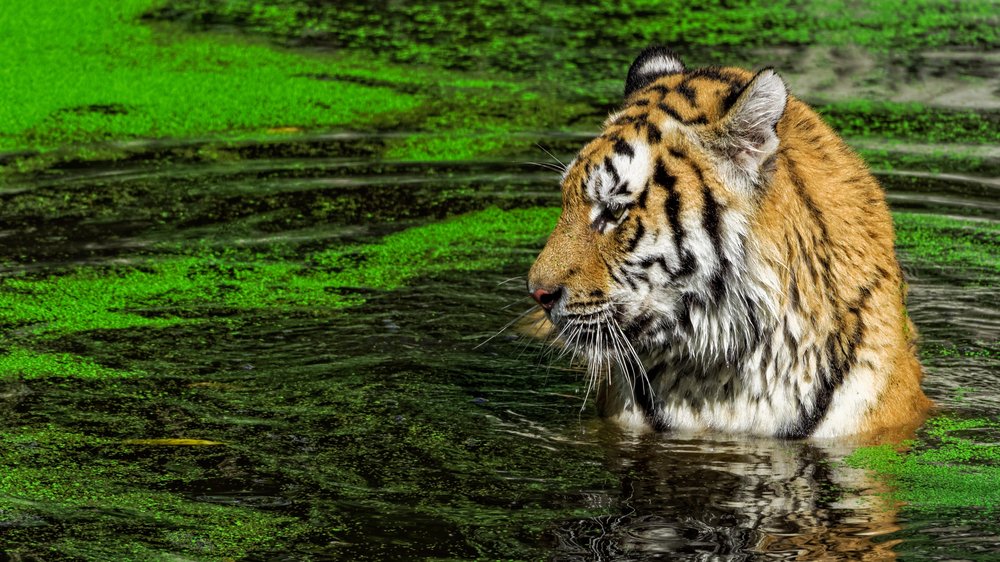
Body language is one of the most significant ways big cats communicate. A slight twitch of the tail, the position of the ears, or a purposeful gaze can convey dominance, submission, or curiosity. For instance, a crouched posture paired with focused eyes signals a stalking behavior, whether it’s directed at prey or a perceived threat.
Leaving Invisible Messages
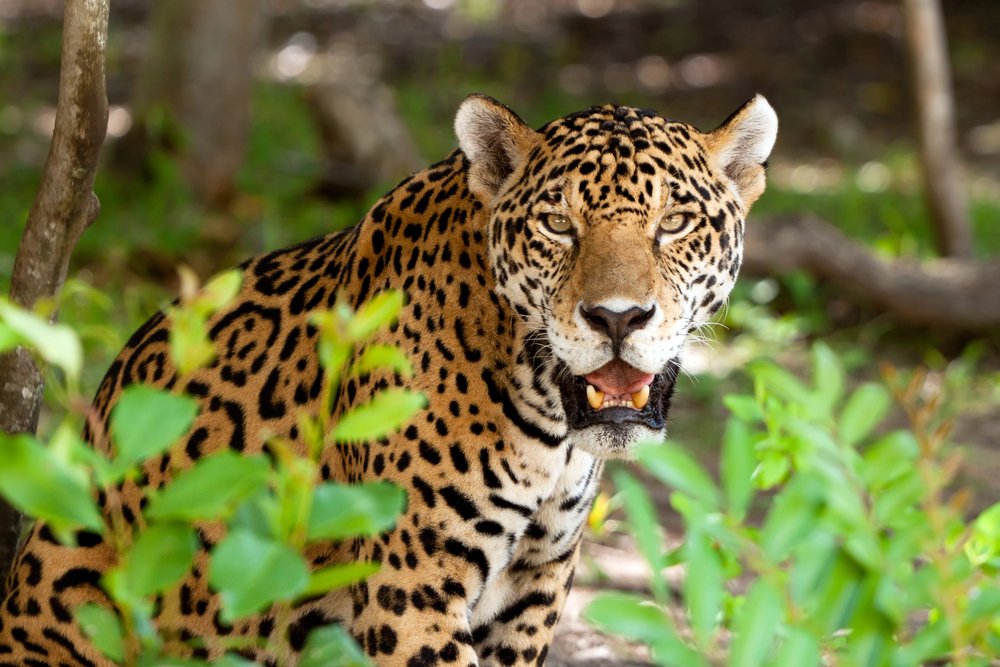
Big cats rely heavily on scent to communicate over long distances. By rubbing against trees, spraying urine, or leaving claw marks infused with scent, they establish territorial boundaries or signal their presence to potential mates. Each scent mark is like a unique signature, allowing other cats to identify the individual and understand their intentions.
Vocalizations Beyond the Roar

While often silent, big cats use specific vocalizations sparingly and strategically. Purring, growling, and even chuffing—a soft vocal sound used by tigers—are ways to communicate comfort, warning, or social bonding. These sounds, though less dramatic than roars, play an essential role in their interactions.
Cooperative Hunting Through Non-Verbal Cues
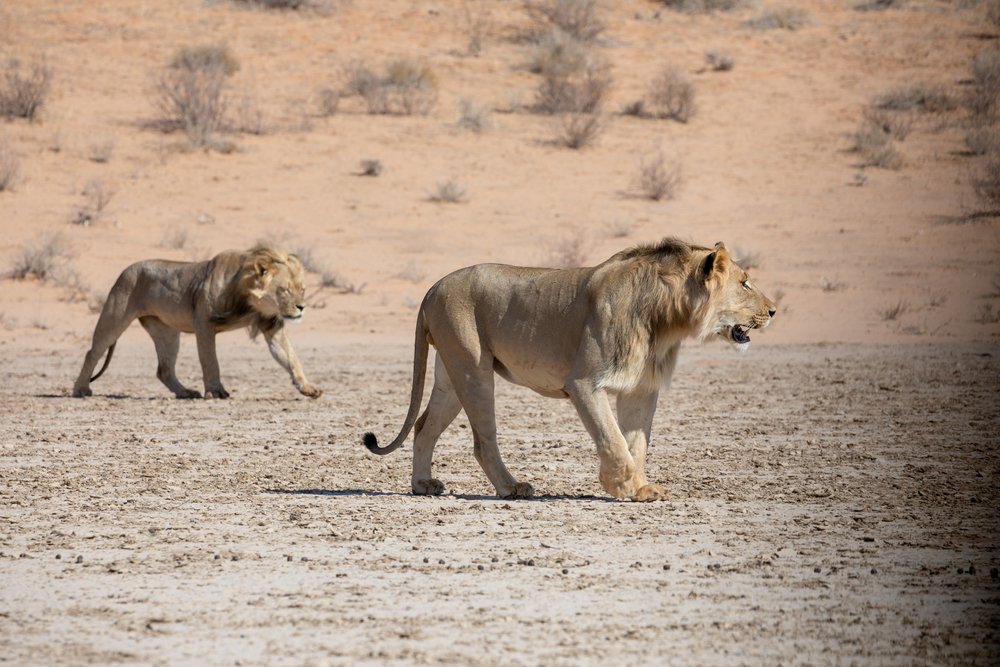
For big cats like lions, which hunt in prides, silent communication is key to their cooperative strategies. Body posture, eye contact, and precise movements help the group work together without alerting prey. This level of coordination ensures the success of their hunts and the survival of the pride.
Maintaining Social Bonds
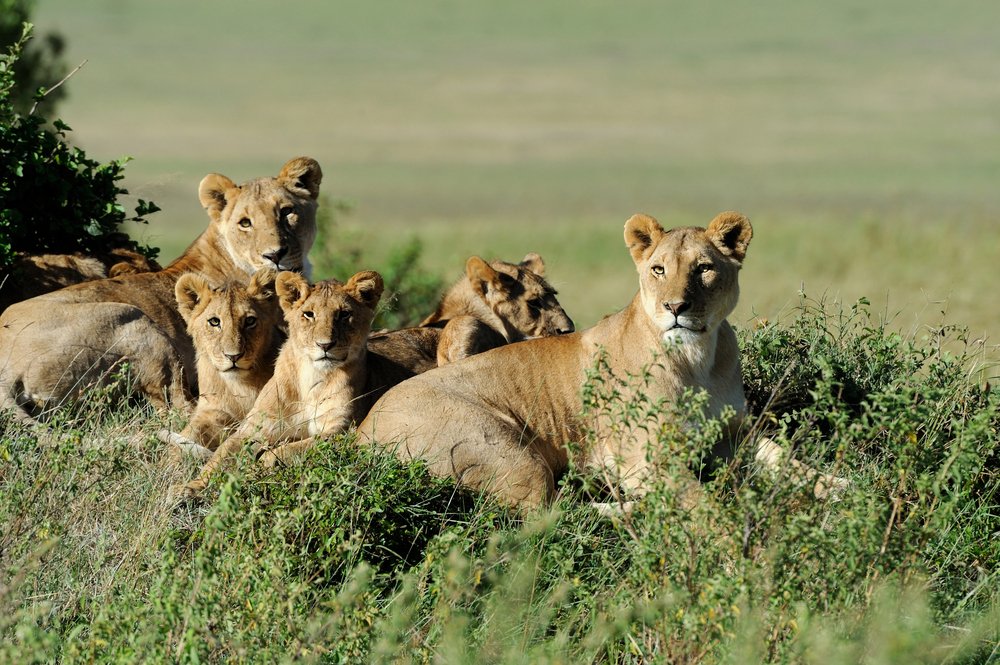
In species like lions and cheetahs, silent interactions reinforce social structures. Grooming and nuzzling help maintain bonds within families or coalitions, signaling trust and affection. These behaviors are crucial in ensuring harmony and collaboration within groups.
The Challenges of Human Encroachment
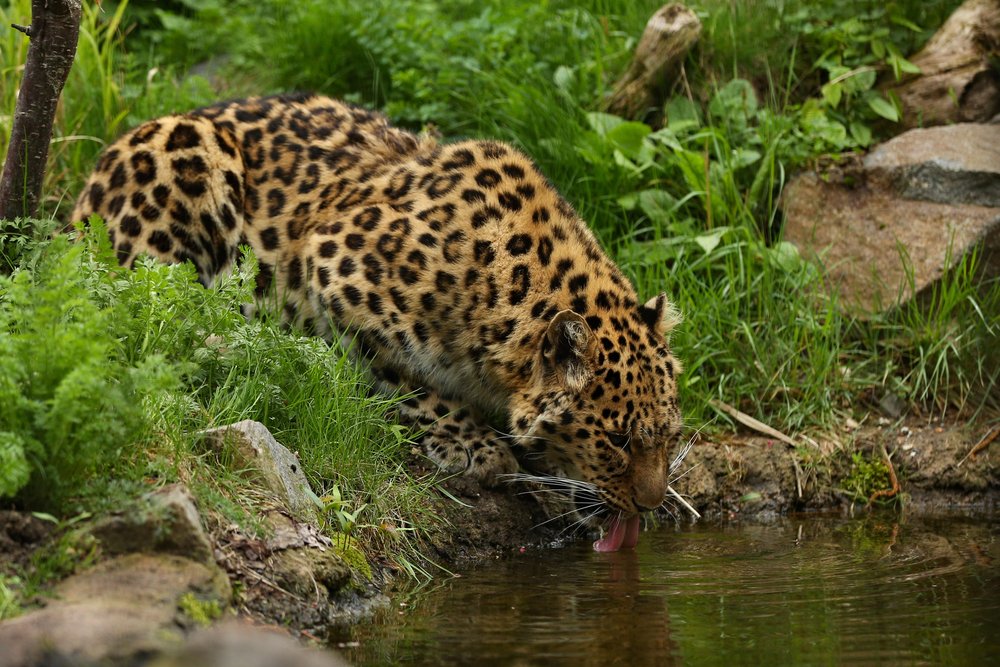
Human activity increasingly disrupts the natural communication of big cats. Habitat loss and noise pollution interfere with their ability to communicate, making it harder for them to establish territories or find mates. Conservation efforts are vital to preserving these silent yet intricate systems of interaction.
A Window Into the Wild
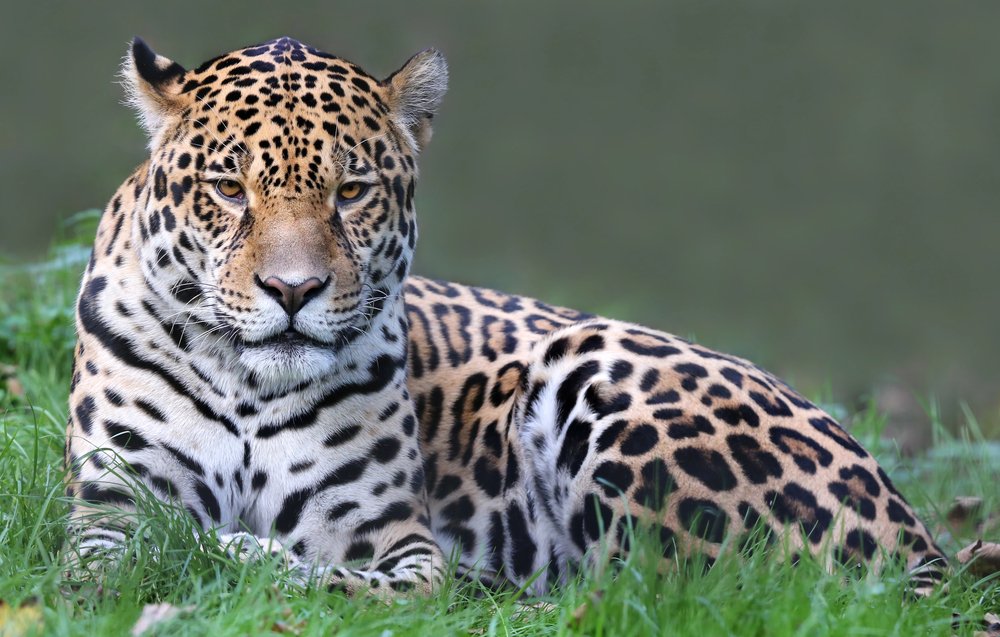
The silent communication of big cats offers a fascinating glimpse into their complex world. Every movement, scent, and sound plays a role in their survival and social dynamics. By understanding these subtle signals, researchers and wildlife enthusiasts gain a deeper appreciation for these majestic creatures and the ecosystems they inhabit.
Exploring the unspoken language of big cats reminds us of the intricate balance of nature. Their silent communication is not just a survival mechanism but a testament to the sophistication of life in the wild.

Growing up traveling and experiencing new cultures and wonders, I have had a passion for nature, adventuring, photography, and videography. I am currently working towards a BSc in Biodiversity and Ecology at Stellenbosch University, and I hope to specialise in Marine Sciences one day.
Please send any feedback to Feedback@animalsaroundtheglobe.com






